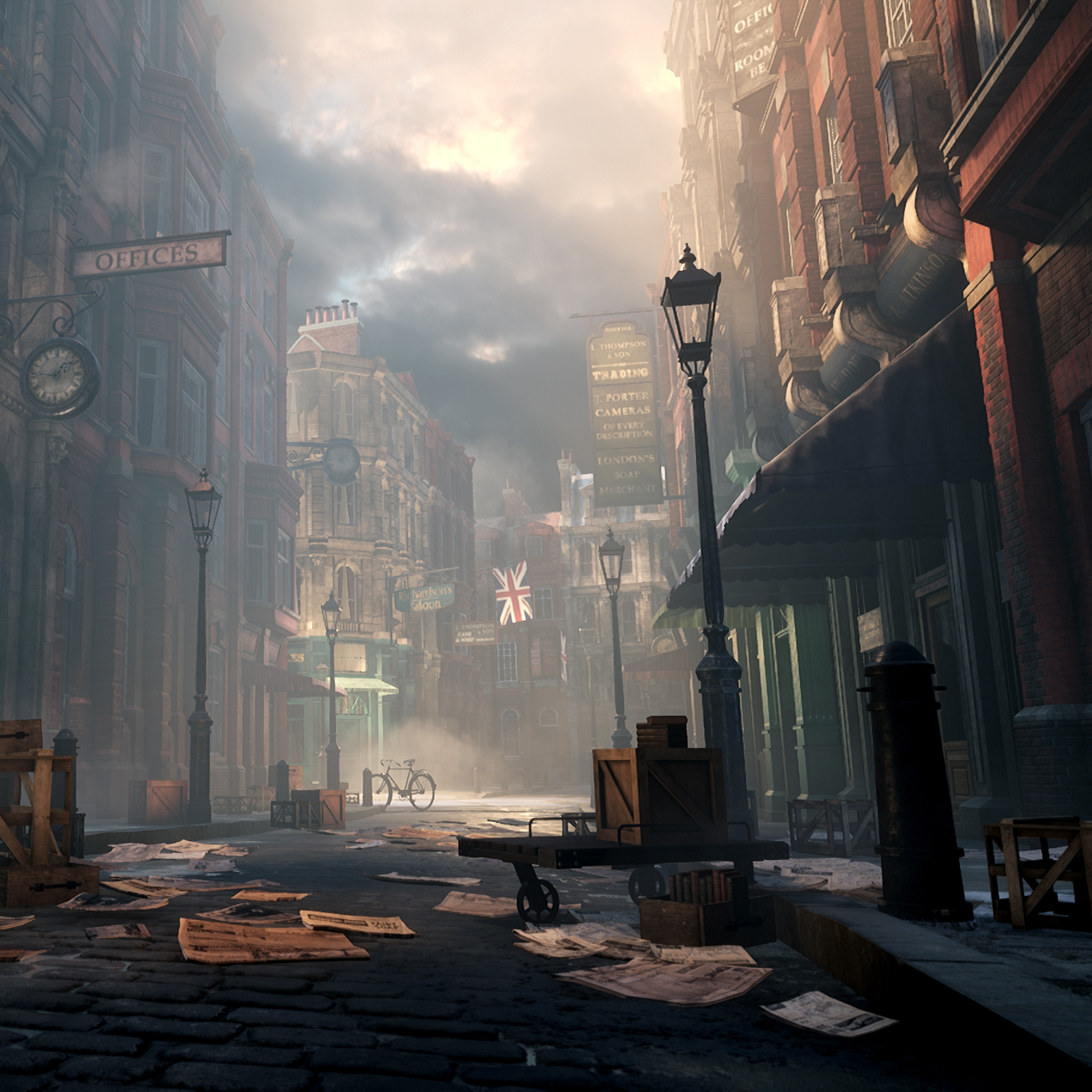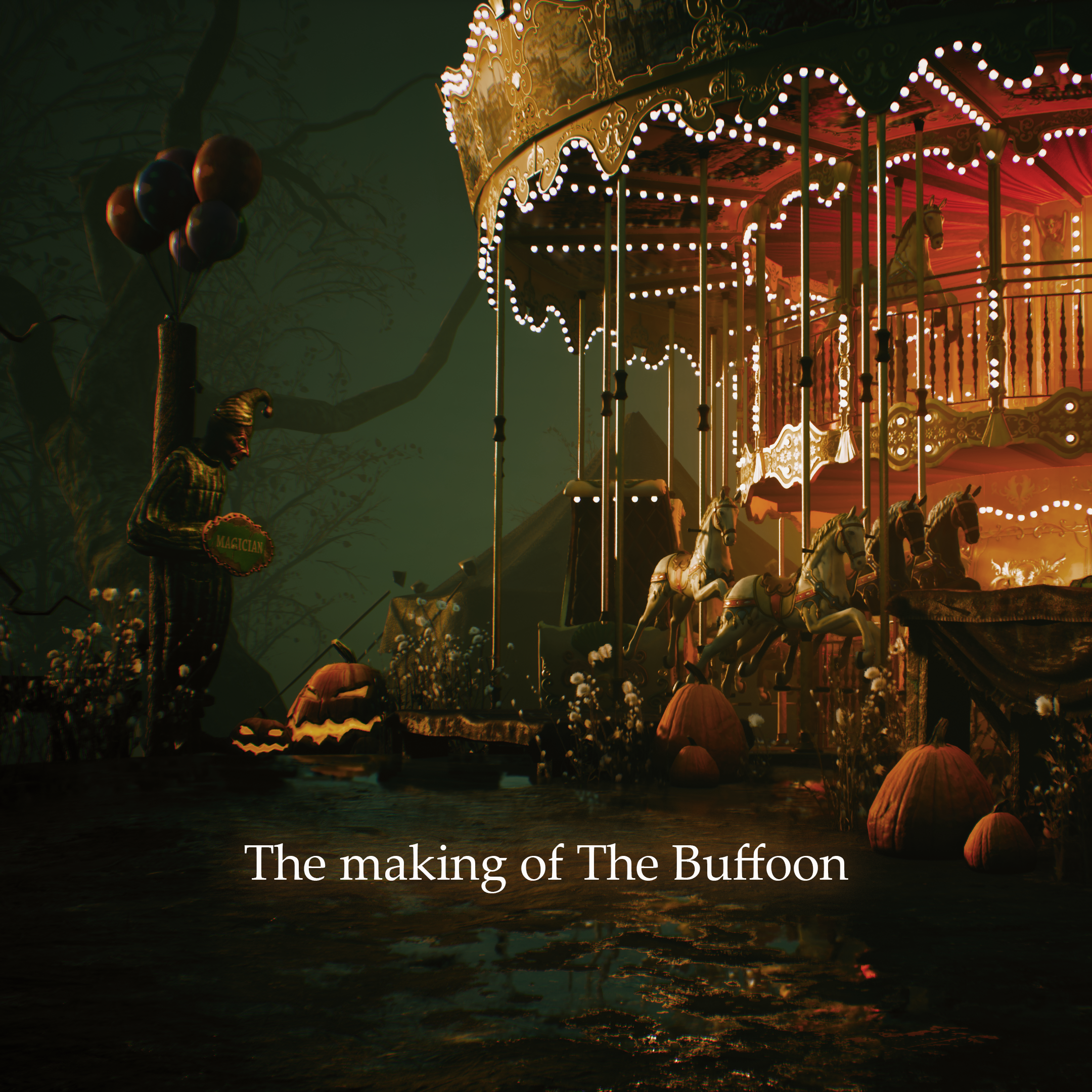London Fog: Lighting Production in UE4
This is an interview article I did for 80lvl back to 26 November 2019

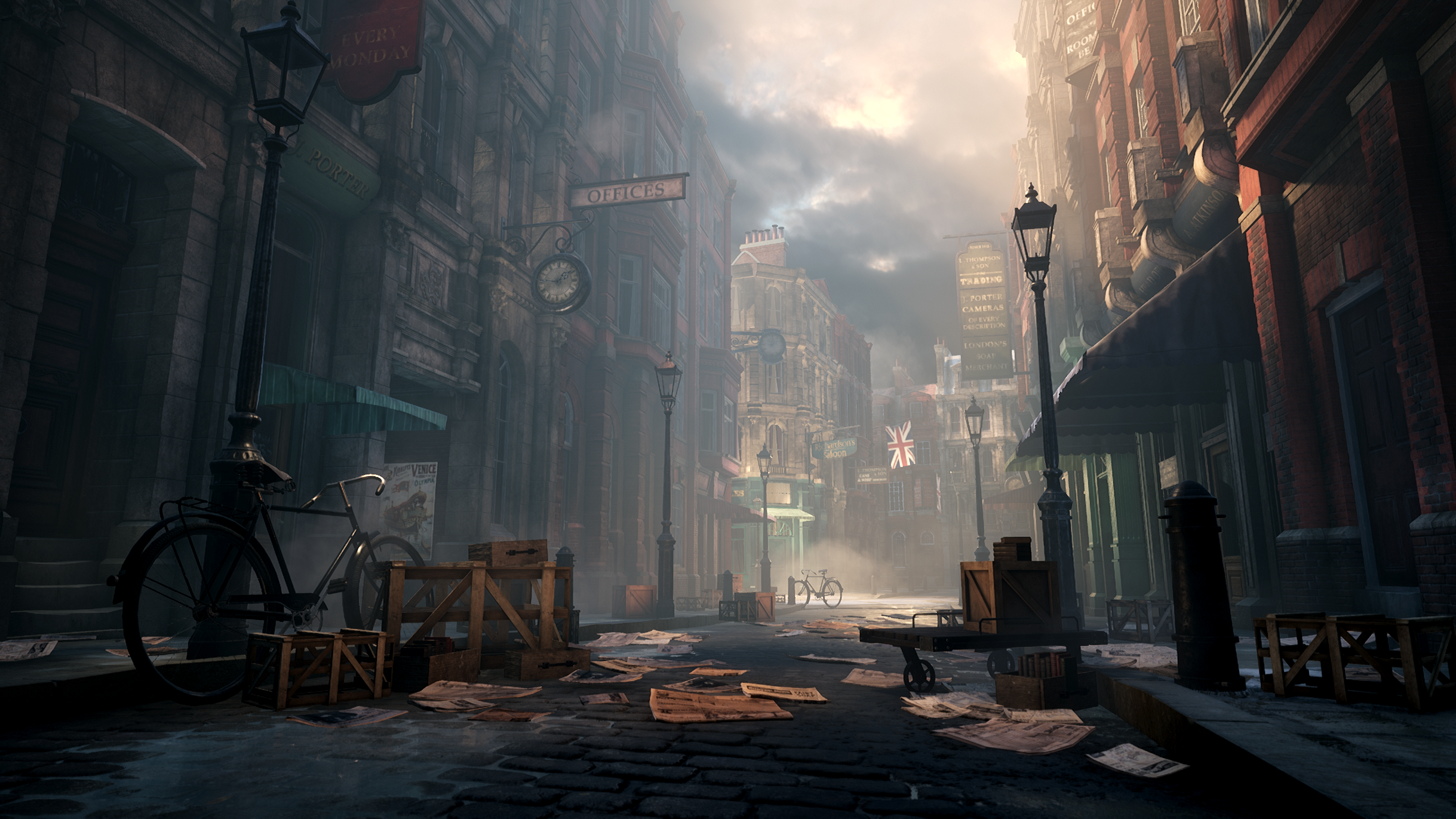
Introduction and Career
Hello, I am Maria from Chongqing, China. Currently, I am working as a senior lighting artist at Splash Damage in London, UK. I previously worked at Crytek in Frankfurt, Germany, and Ubisoft Shanghai, Cloud Imperium Games in the UK. I worked with a few in-house engines for my full-time job, and I am a frequent user of CryEngine and UE4.
During the past 7 years in the industry, I have worked on 2 of the FarCry franchise, including FarCry 4 and the DLC Valley of the Yeti, FarCry Primal, StarCitizen, and Gears5, 2 VR projects: Robinson The Journey and The Climb.
I studied photography and stage design in my university, and I always loved playing video games, However, I never thought I could work in the game industry, back in 2010, I thought that I must have some good knowledge in coding or computer graphics. Until I played Mirror’s edge and find out that there is a role called lighting artist. I realize there is a profession in video game request a good understanding of lighting, rendering, and cinematography. Back then, I knew how to set up a studio light and how to shoot a natural environment picture, I had a bit of an understanding of cinematography, too, so I picked up a few software courses online, and started learning Maya and Unreal while working part-time in galleries and theaters.
The Influence
To me, the theory of stage lighting design and digital photography benefits me the most while working in video games on lighting design and compositing. For sure, it’s important to keep me up-to-date in terms of modern rendering technology. Moreover, lighting artist is an artistic role that requests both, tech and art understanding. Spending time training in both aspects are important.
Gathering the Reference
I am always fascinated by the English weather and Victorian architecture, and after living in London for a few years, the local weather shows a really significant influence on my lighting style. In the beginning, I was simply aiming to make the lighting close to my everyday observation below.
Some pictures I took with my phone recently.
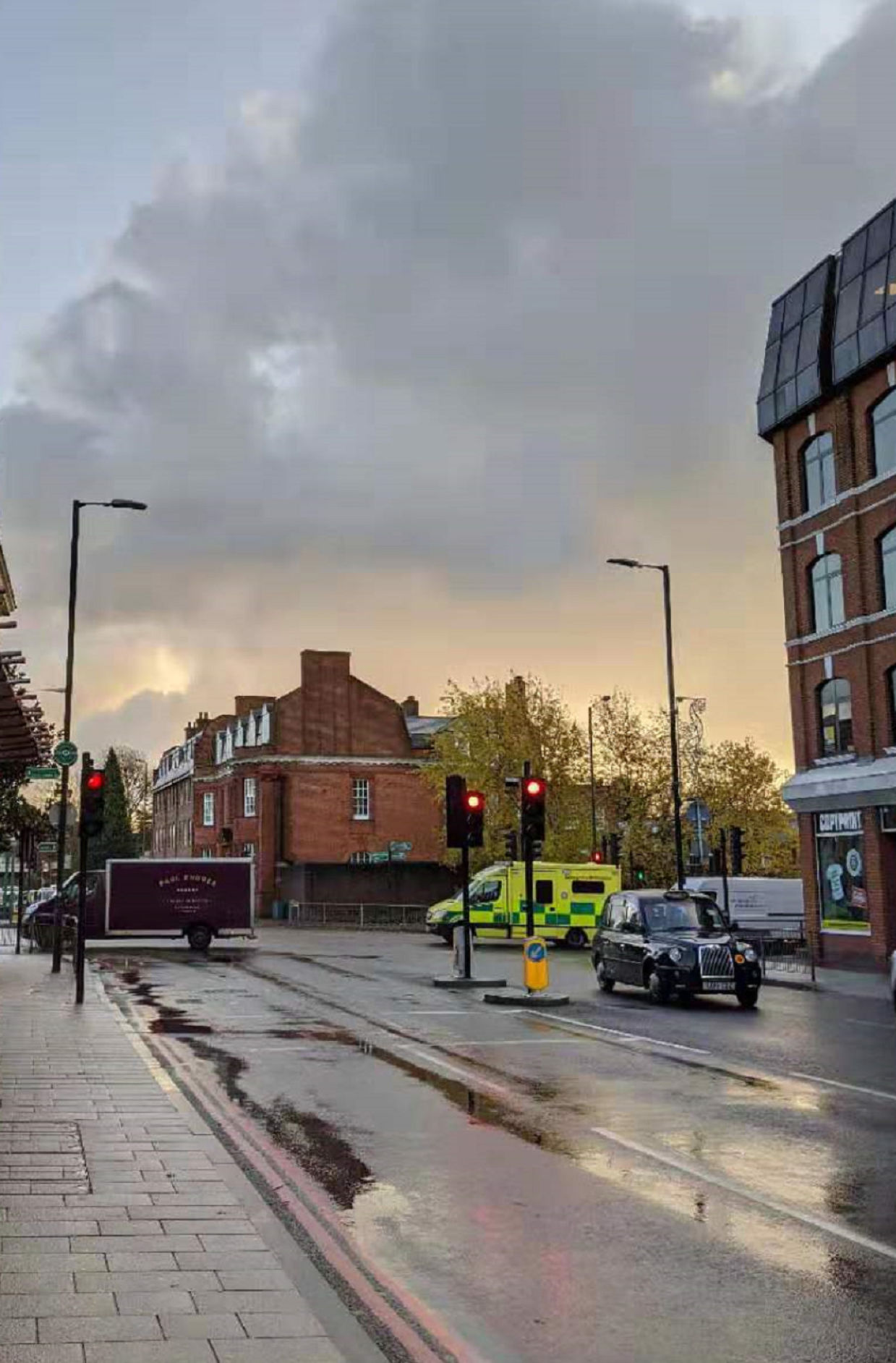
When I saw this Victorian street in Unreal Marketplace by Richard Vinci, I feel this layout could be a solid base for my lighting design.
Richard’s scene is very well dressed as a starting point to push the target gloomy but sunny weather effect, so I collected some of my favorite movie screenshots and throw them into my Pureref for my mood board below.
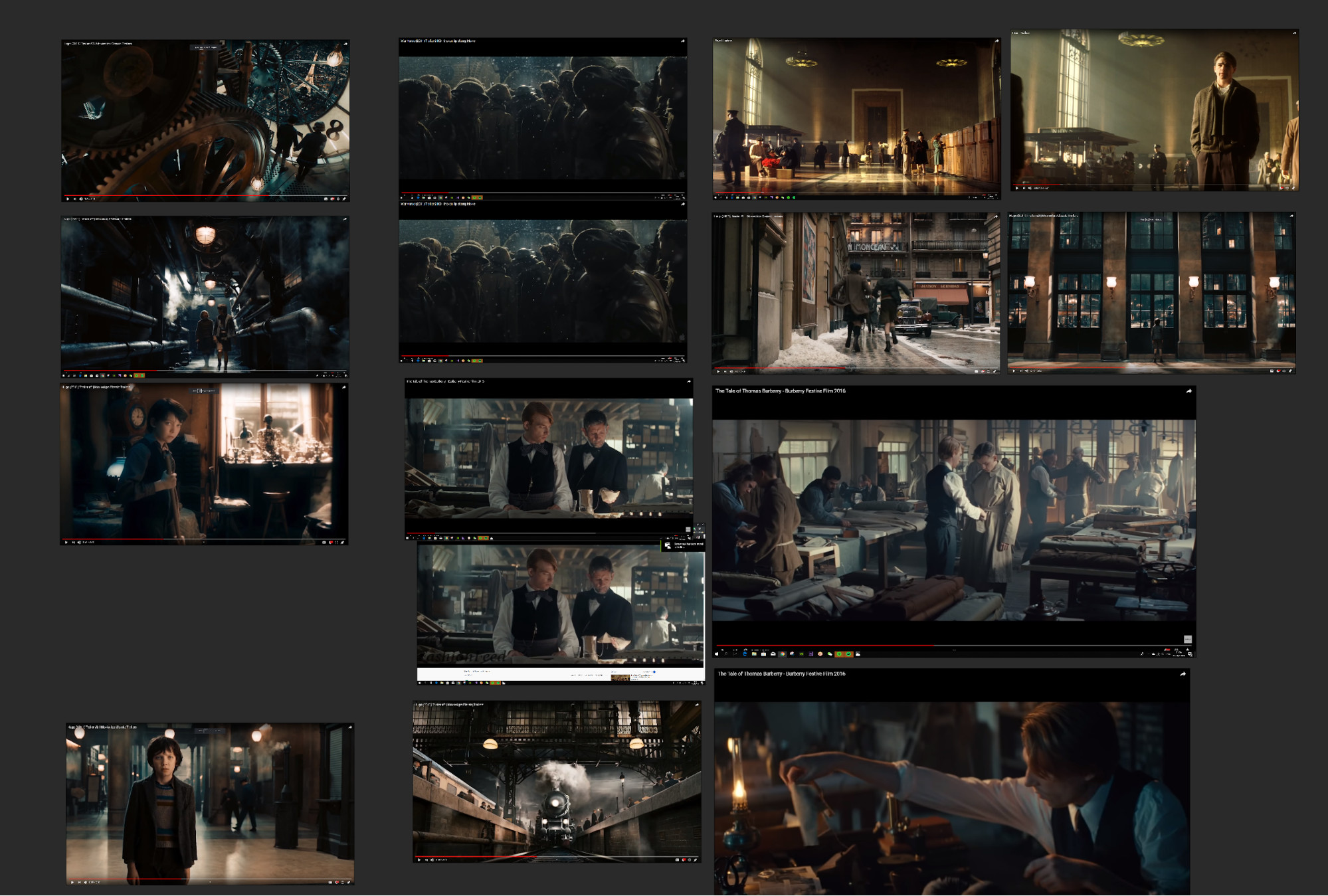
Setting Up the Scene
I usually start with a good balance of brightness of my directional light and ambient light.
My exposure setup is manual, it allows me to work with a wide range of light brightness and exposure setup, instead of exposure compensation, I use a lens setting in the camera, so I could have separate control in different camera positions, just like shooting photos in real life.
To make the manual exposure setup works the best, I refer some parameters to the sunny 16 rule.
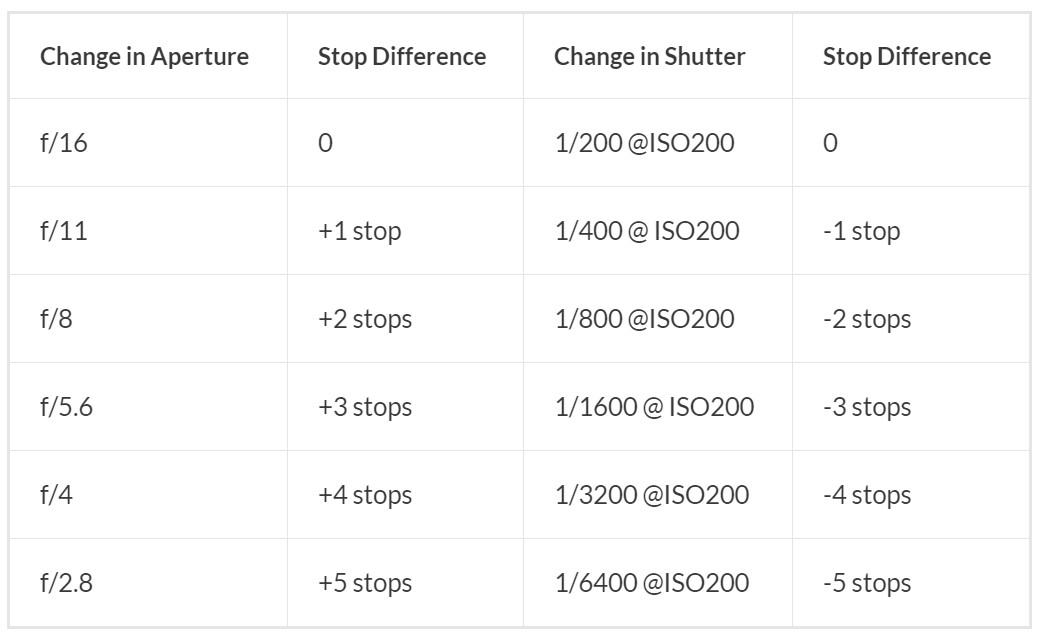
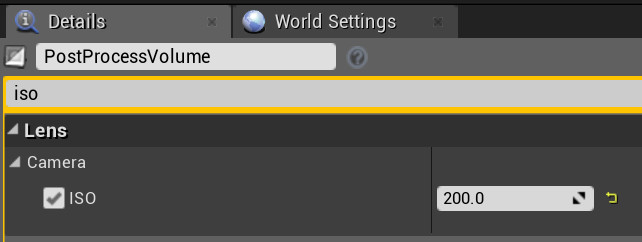
The example of using exposure compensation.
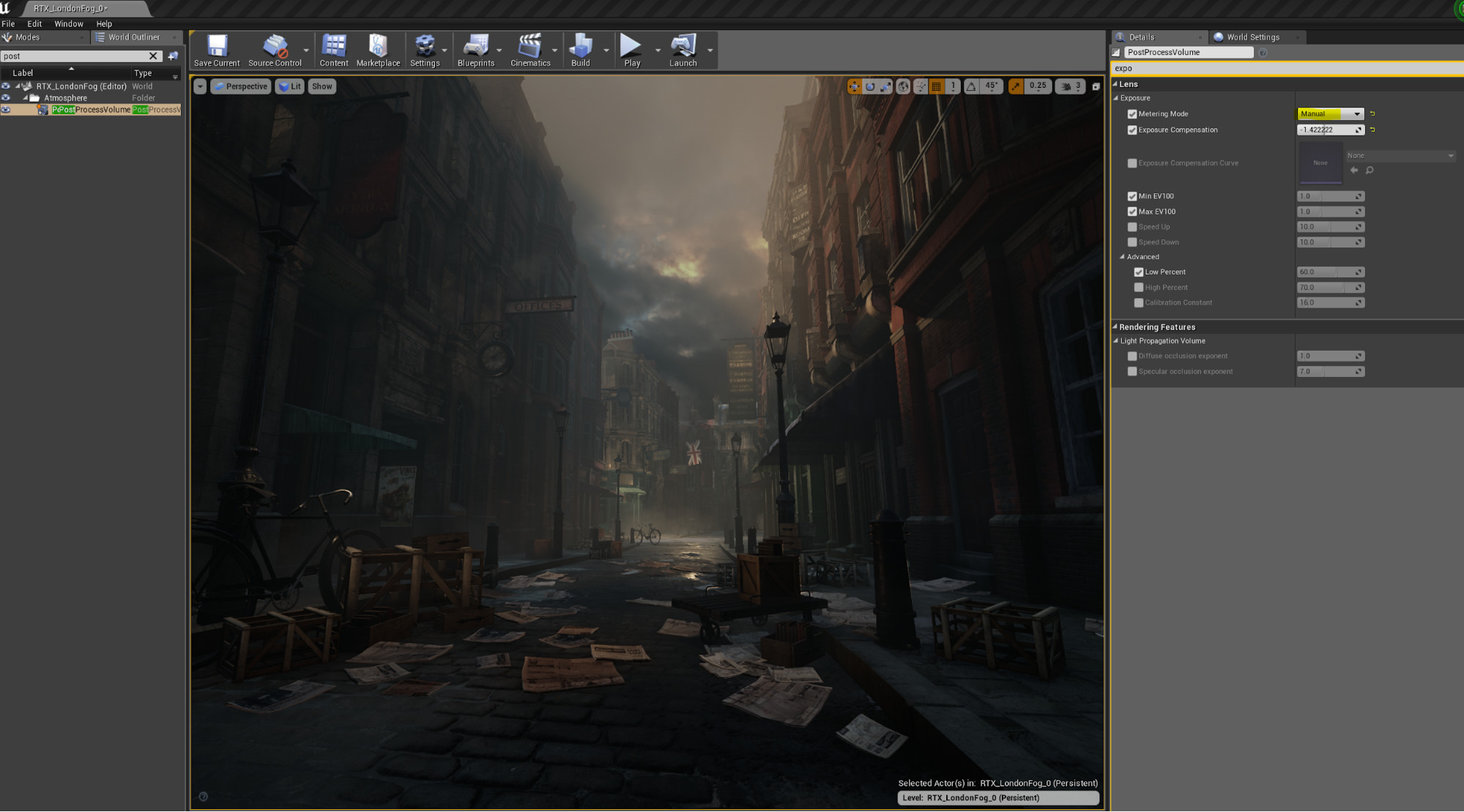
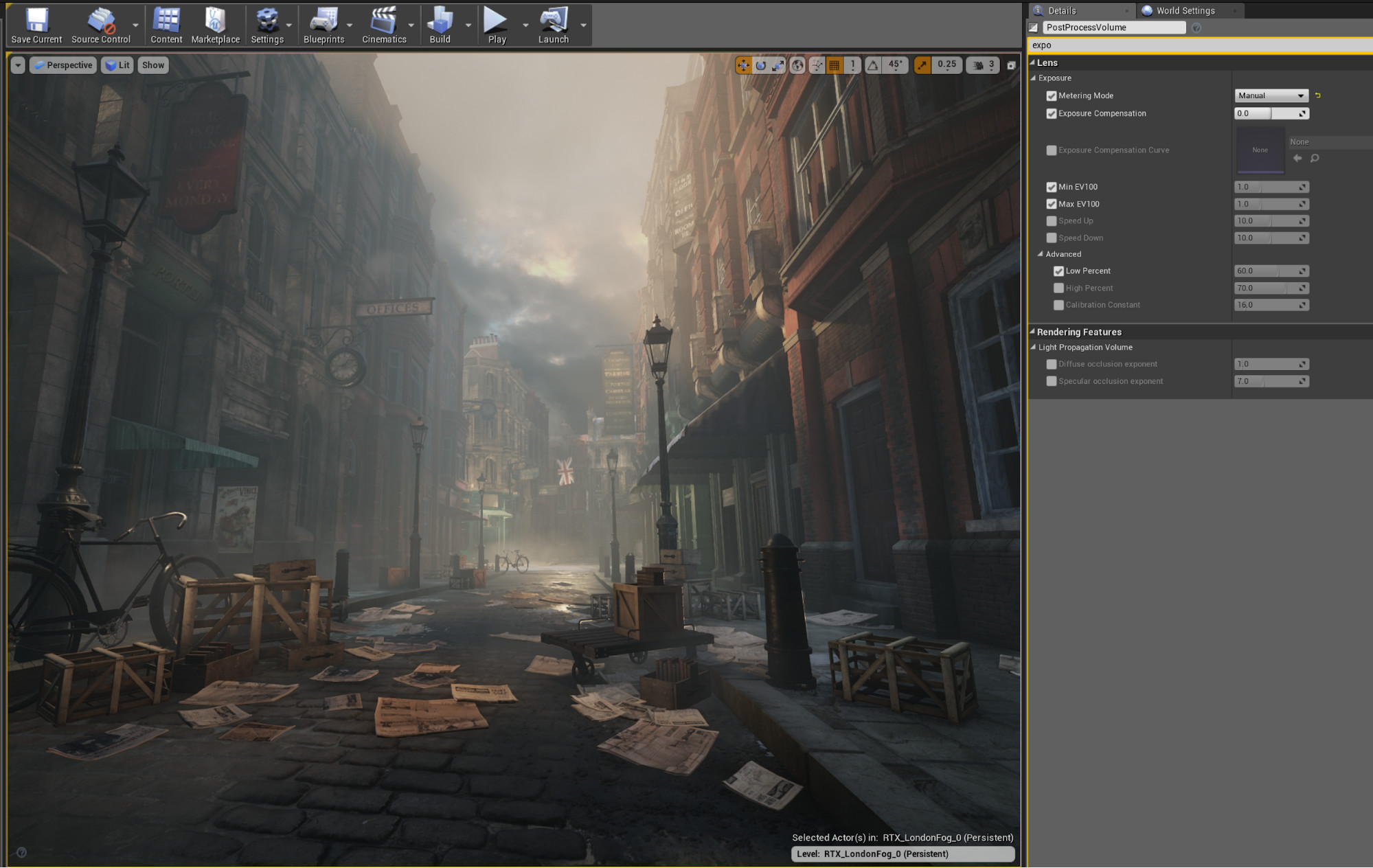
And for the final result, I have 3 different cinematic cameras that allow me more freedom on exposure, depth of field, and focus point adjustment.
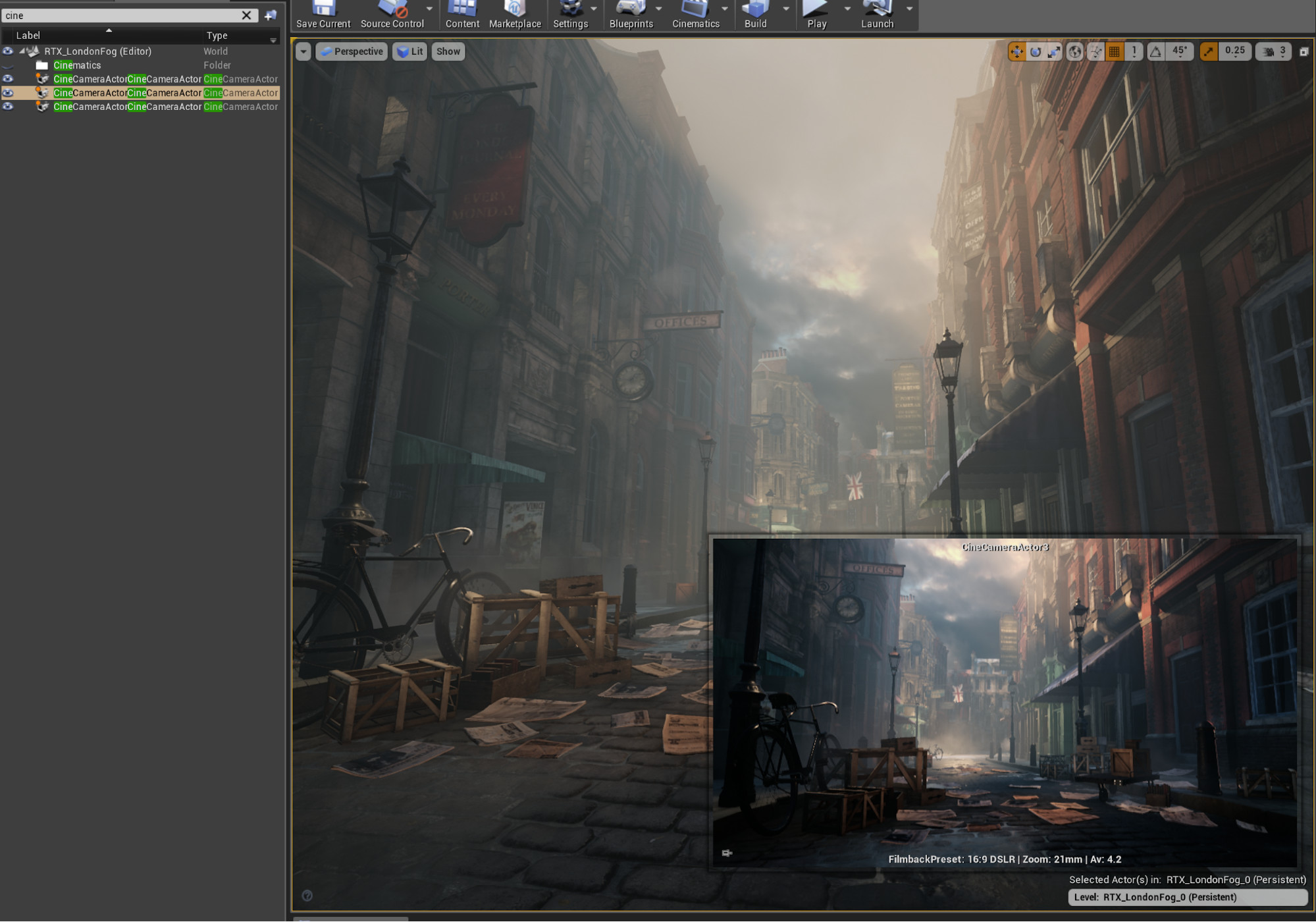
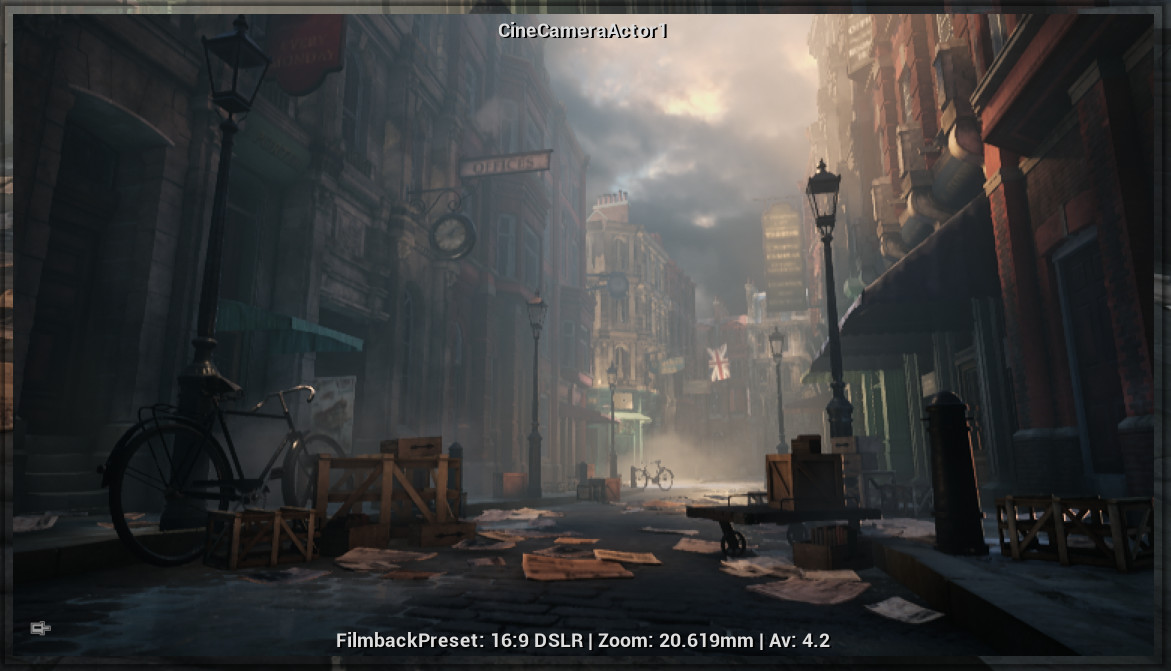

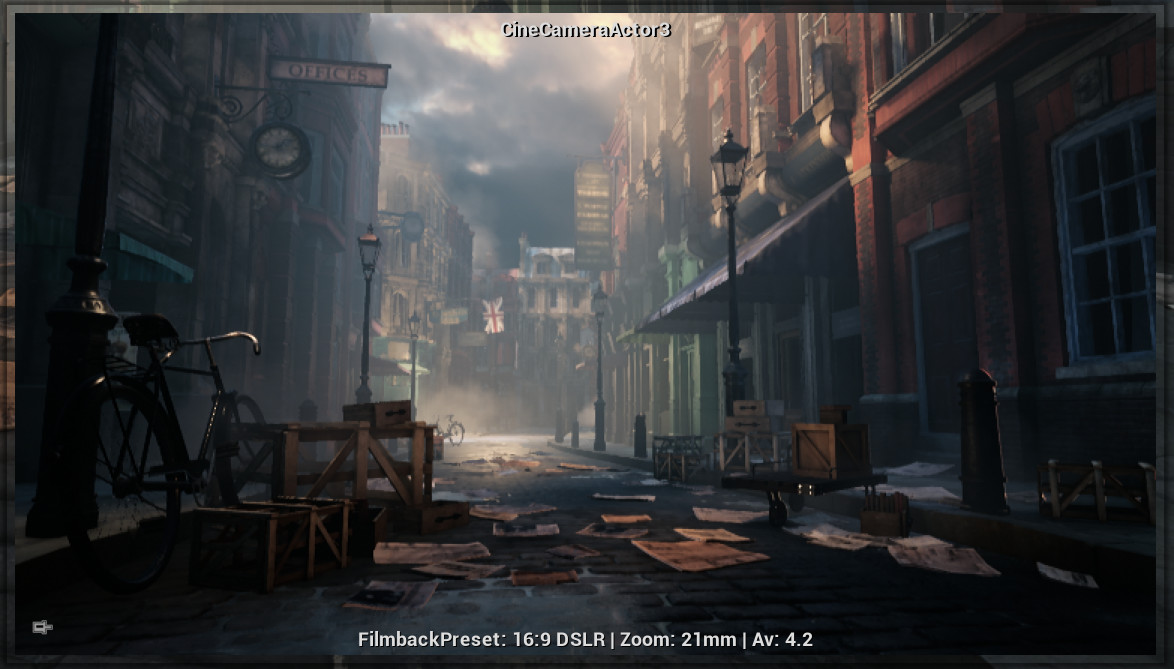
Working on the Sky
For the exterior scene, I believe matching the skylight and skybox texture is very important to deliver the mood. I start with a free HDR skybox that I found on the free HDR sky website, thanks to the artist for the generous sharing.

Then I simply use an editor sphere and adjust the brightness via material nodes.
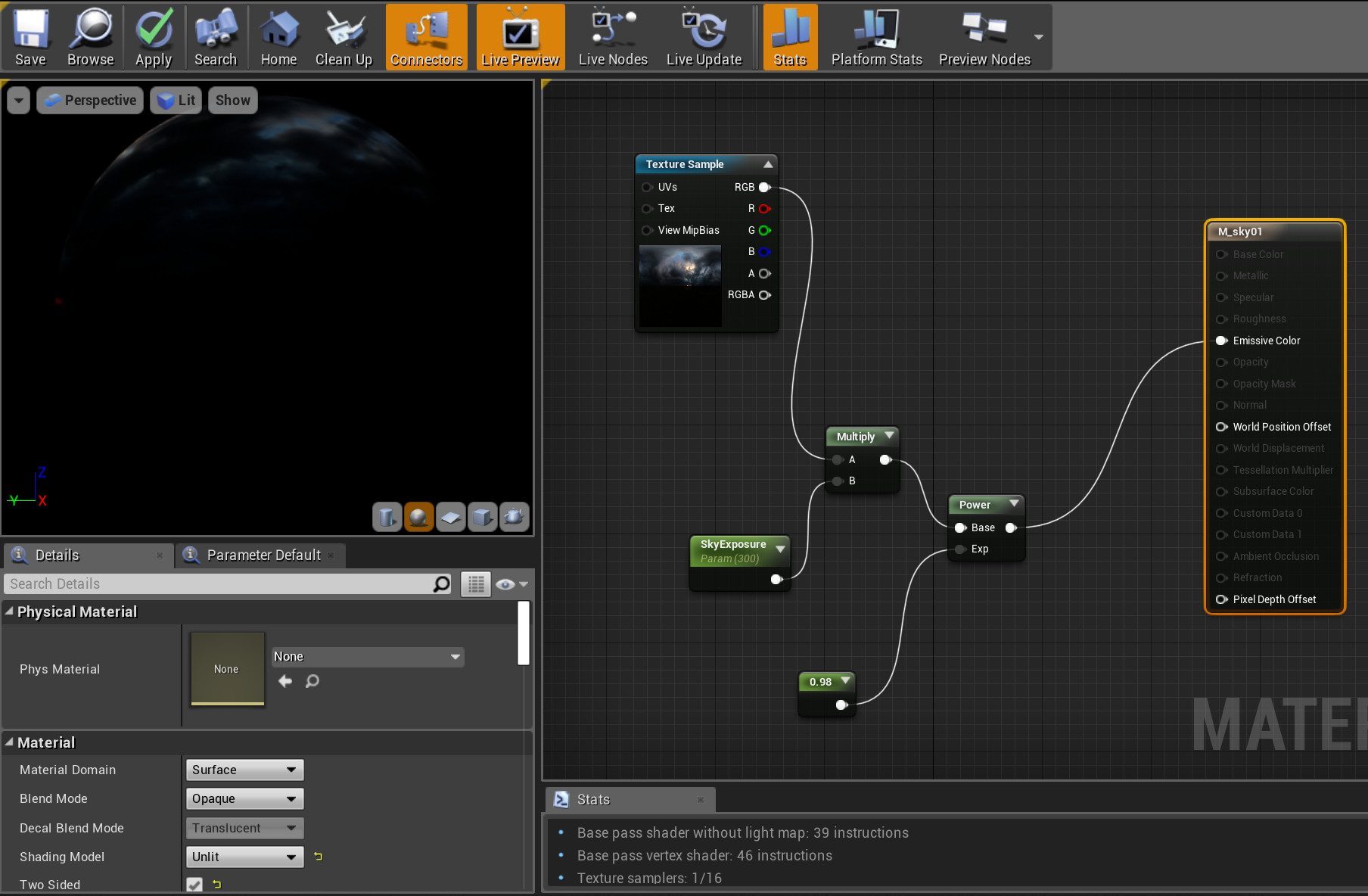
Lighting
Below are my sun and skylight settings. The number looks a bit more crazy than usual, but this is due to the fact that I use a manual exposure method in my post-process instead of the auto histogram.
Sunlight Setting
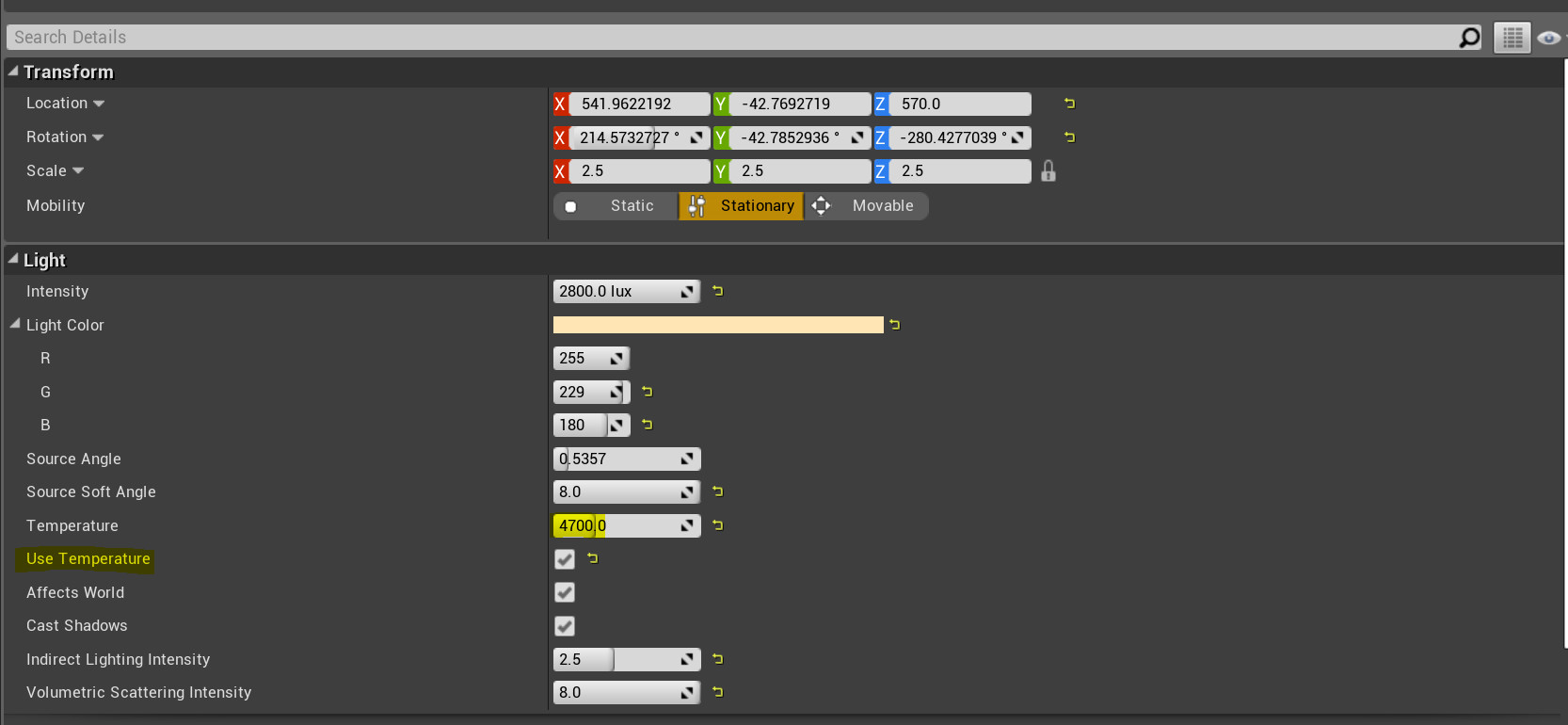
Skylight Setting
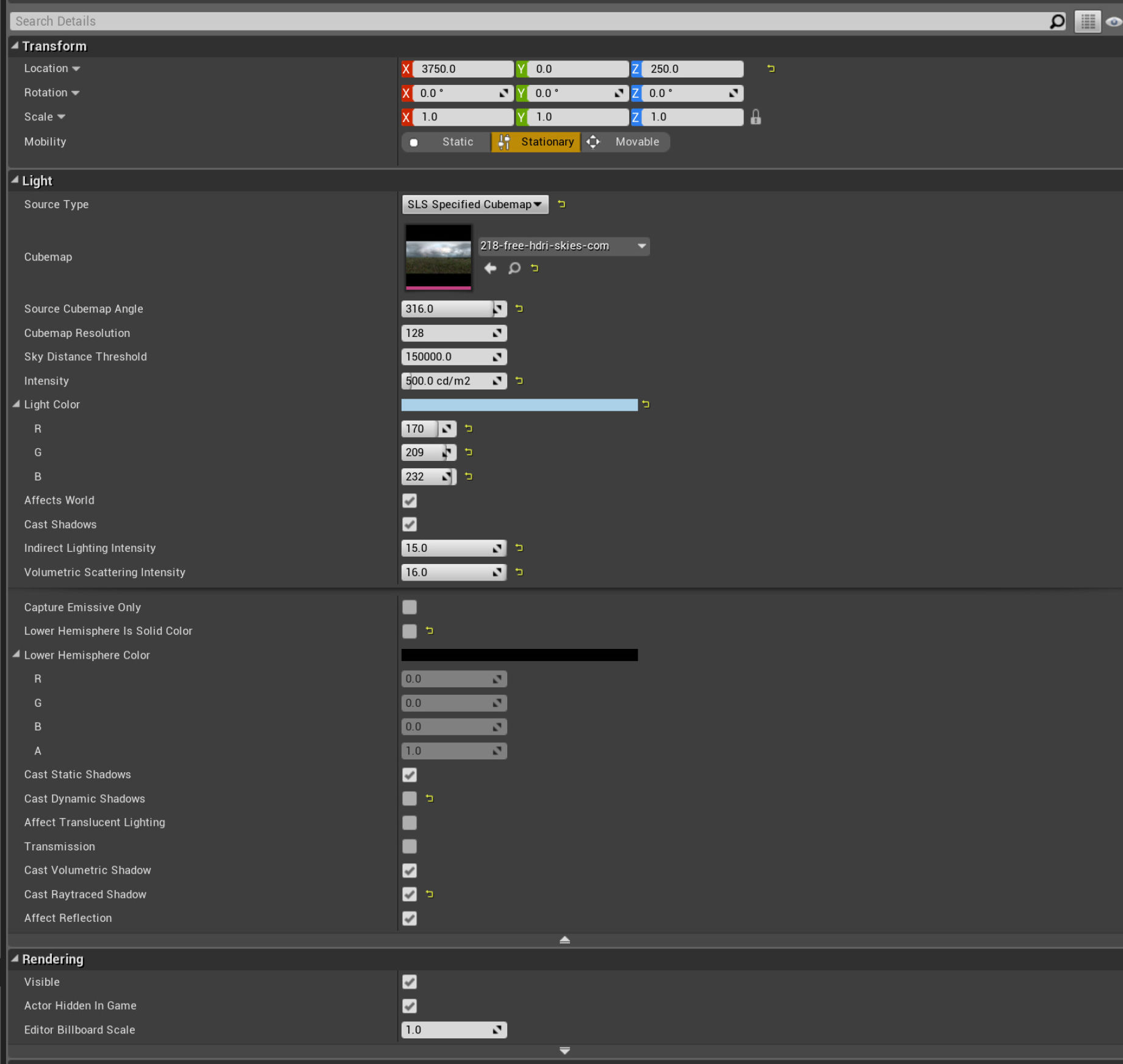
Those numbers above are chosen based on this luminance level estimation I found on Google.
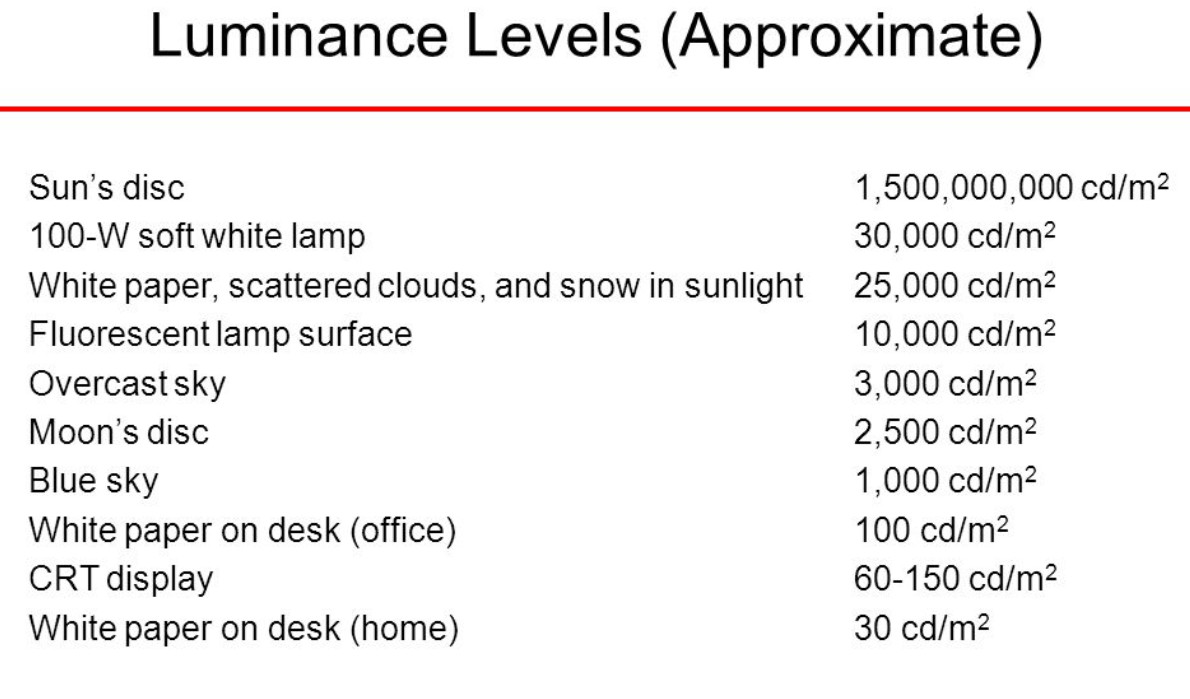
In my point of view, it’s not necessary to consider following the luminance level estimation as a must in the workflow, however, since Unreal Engine introduced those parameters like lux and candela per square meter (cd/m2), it might be a good idea to have some real-life information as a reference.
Some Piece of Advice for Beginners
I believe it’s easier to continue working on something you really love or familiar with. Looking up for the reference from life observation and artistic resources together give me a better understanding of how to push my lighting design further. Also, choosing a clear direction for the mood/color and sticking on it is really helpful to me. Most of my personal work ideas come from my daily observation about light and environment, and I love taking pictures with my phone whenever I saw anything interesting.
Thanks for the invitation to the interview.

